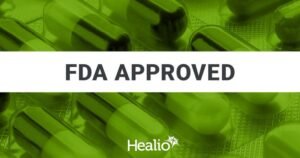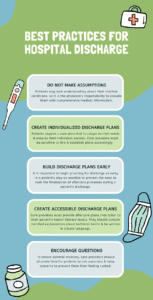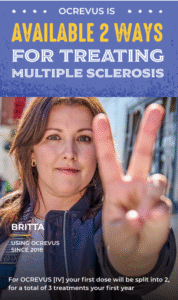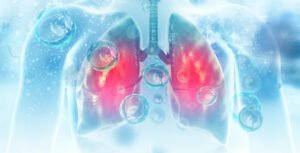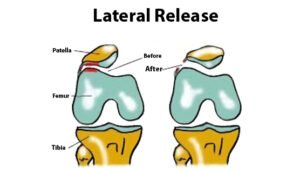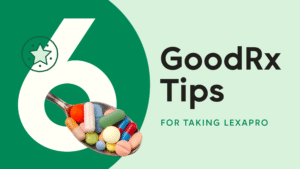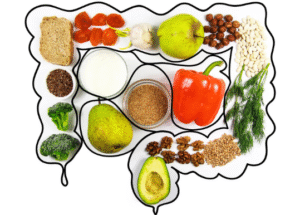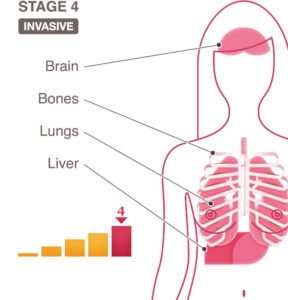Overview of Ischemic Stroke
Understanding Ischemic Stroke: Causes, Diagnosis, and Treatment
What is Ischemic Stroke?
An ischemic stroke occurs when a blood clot blocks blood flow to the brain. This blockage disrupts the flow of oxygen-rich blood, leading to brain damage. High blood pressure is a major risk factor for this type of stroke, and it accounts for approximately 87% of all stroke cases. There are two main types of ischemic stroke: embolic and thrombotic.
Types of Ischemic Stroke
1. Embolic Stroke
An embolic stroke happens when a blood clot, or embolus, forms in a large artery, often in the heart or neck. This clot travels through the bloodstream until it reaches a brain artery, where it gets stuck, blocking blood flow to the brain.
2. Thrombotic Stroke
A thrombotic stroke occurs when a clot, or thrombus, forms in an artery that supplies blood to the brain. This type of stroke can be preceded by transient ischemic attacks (TIAs), also known as mini-strokes. TIAs are warning signs that a more serious stroke may occur in the future.
Risk Factors for Ischemic Stroke
Ischemic strokes often result from atherosclerosis, a condition in which fatty deposits narrow the arteries. Embolic strokes are commonly linked to atrial fibrillation, an irregular heartbeat. Other common risk factors include high blood pressure, smoking, diabetes, and high cholesterol.
Symptoms of Ischemic Stroke
Recognizing stroke symptoms quickly is critical. The acronym FAST is a simple way to check for signs of a stroke:
-
Face: Ask the person to smile. Does one side of the face droop?
-
Arms: Ask the person to raise both arms. Does one arm drift downward or remain weak?
-
Speech: Ask the person to repeat a simple sentence. Is their speech slurred?
-
Time: If any of these signs are present, seek medical attention immediately.
Additional symptoms include:
-
Numbness or weakness, especially on one side of the body
-
Trouble speaking or understanding speech
-
Vision changes, such as blurred or blackened vision in one or both eyes
-
Sudden severe headache or vomiting
-
Dizziness or loss of balance and coordination
Diagnosis of Ischemic Stroke
To diagnose an ischemic stroke, doctors may perform several tests:
-
Neurological assessment: Evaluating the patient’s cognitive functions and coordination.
-
Blood tests: To check for underlying conditions like high cholesterol or diabetes.
-
Imaging tests: Including CT scans, MRIs, or blood vessel imaging, such as CT angiography or carotid ultrasound, to locate the blockage.
Treatment Options for Ischemic Stroke
Rapid treatment is crucial to minimize brain damage. The most common treatment is tissue plasminogen activator (tPA), which can break down the clot and restore blood flow. tPA must be administered within 3 hours of symptom onset for it to be effective.
Preventing Ischemic Stroke
While certain risk factors, such as age and family history, are uncontrollable, there are lifestyle changes that can reduce the risk of ischemic stroke. These include:
-
Quitting smoking: Smoking increases the risk of stroke by contributing to the buildup of plaque in the arteries.
-
Maintaining a healthy weight: Obesity is a major risk factor for stroke.
-
Regular physical activity: Exercise helps lower blood pressure and improves heart health.
-
Limiting alcohol consumption: Excessive drinking increases the risk of high blood pressure and stroke.
-
Managing chronic conditions: Properly controlling conditions like diabetes and high cholesterol can reduce stroke risk.
FAQs about Ischemic Stroke
Does one side of the face droop during a stroke?
Yes, a drooping face on one side is a common symptom of a stroke. It is important to act quickly and seek medical help if this occurs.
Does one arm drift downward or remain weak?
If one arm drifts downward or becomes weak, it could be a sign of a stroke. Prompt treatment is essential.
Is speech slurred during a stroke?
Slurred speech is another common symptom of a stroke. If someone’s speech becomes unclear or difficult to understand, seek immediate medical attention.
Expert Tips for Stroke Prevention
-
Stay active: Regular physical exercise is essential for heart and brain health.
-
Eat a balanced diet: Focus on heart-healthy foods, including fruits, vegetables, and whole grains.
-
Regular check-ups: Monitor your blood pressure and cholesterol levels regularly.
Key Takeaways
-
Ischemic strokes are caused by blood clots that block blood flow to the brain.
-
Recognizing the symptoms early can save lives and reduce brain damage.
-
Lifestyle changes such as quitting smoking and maintaining a healthy weight can lower stroke risk.
Stay informed and take steps toward a healthier lifestyle to minimize your stroke risk.
